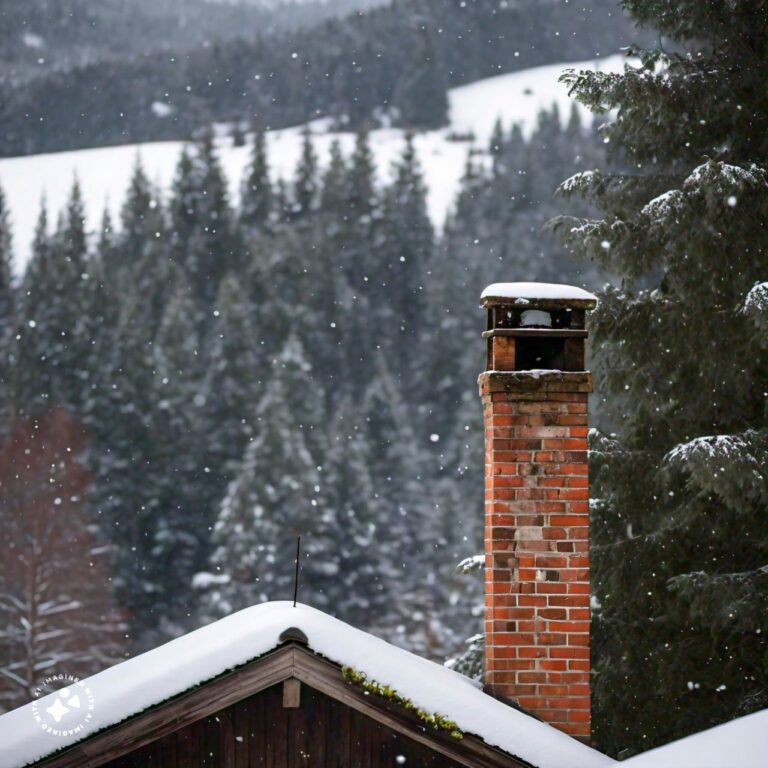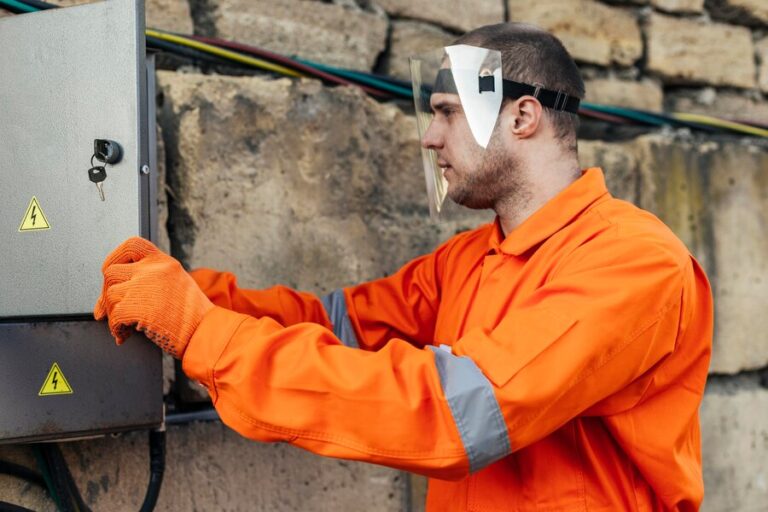Owning a home comes with its joys, but it also brings its fair share of challenges. One of the most dreaded issues for homeowners is water intrusion into the basement. Whether it’s due to heavy rainfall, a burst pipe, or foundation cracks, water in the basement can lead to severe damage and compromise the structural integrity of your home. In this blog, we will explore the essential steps to take when facing emergency basement waterproofing, focusing on protecting your property and ensuring the safety of your family.
Recognizing the Signs
- Damp or Wet Spots on Walls and Floors
Pay attention to any damp spots on your basement walls and floors. These can be early indicators of water intrusion. If left unattended, they can lead to more significant problems, such as mold growth and damage to belongings stored in the basement.
- Musty Odors
A musty smell is often a sign of mold growth, which thrives in damp environments. If you notice this odor in your basement, it’s crucial to investigate the source and take action promptly.
- Visible Mold
Mold can appear in various colors and textures. If you see any mold on walls, ceilings, or belongings, it’s essential to address the water issue and remove the mold promptly. Mold not only damages your property but also poses health risks to your family.
Immediate Actions
- Identify the Source of Water
The first step in emergency basement waterproofing is to identify the source of water intrusion. Check for visible cracks in the foundation, leaking pipes, or poor drainage around your home. Understanding the source helps determine the appropriate course of action.
- Turn Off Electricity
Safety should be your top priority. If there’s standing water in the basement, turn off the electricity to avoid the risk of electrical shock. If you’re unable to do so safely, contact a professional electrician for assistance.
- Remove Water Safely
Depending on the severity of the water intrusion, use a wet/dry vacuum, a pump, or buckets to remove standing water. Take precautions and wear appropriate protective gear, especially if the water may be contaminated.
Temporary Solutions
- Use Temporary Sealants
For minor cracks or holes in the foundation, use waterproof sealants or hydraulic cement to stop water flow temporarily. This can buy you time until a more permanent solution is implemented.
- Install Emergency Sump Pumps
In cases of heavy rainfall or flooding, consider installing emergency sump pumps to help remove water efficiently. Sump pumps are an effective tool for preventing water accumulation in the basement.
- Create Barriers with Sandbags
If water intrusion is due to external factors like heavy rain, use sandbags to create barriers and redirect water away from your home’s foundation. This can be a quick and effective way to prevent further damage.
Professional Assistance
- Contact a Waterproofing Expert
When dealing with emergency basement waterproofing, it’s advisable to seek professional help. Waterproofing experts have the knowledge and tools to assess the situation, identify the root cause, and implement long-term solutions.
- Schedule a Foundation Inspection
A cracked or compromised foundation is a common cause of basement water intrusion. Schedule a thorough foundation inspection to identify any structural issues and address them promptly.
- Invest in Exterior Waterproofing
Exterior waterproofing involves applying a waterproof membrane to the outside of your foundation, preventing water from reaching your basement walls. While it may require excavation, it’s a highly effective long-term solution.
Preventive Measures for the Future
- Improve Landscape Grading
Ensure that the ground around your home slopes away from the foundation. This helps prevent water from pooling around the base of your home, reducing the risk of basement water intrusion.
- Maintain Gutters and Downspouts
Clean and maintain your gutters and downspouts regularly to ensure proper water drainage. Clogged gutters can lead to water overflowing and seeping into your basement.
- Install Window Well Covers
If your basement has windows, consider installing window well covers. These covers prevent rainwater from accumulating in window wells and entering your basement.
Take Action Now! Secure Your Home Against Water Intrusion
Don’t wait until it’s too late – safeguard your home from basement water intrusion today. Contact Alonzo Contractors, your trusted experts in emergency basement waterproofing. Our team is ready to assess your situation, provide practical solutions, and ensure the long-term protection of your property.







